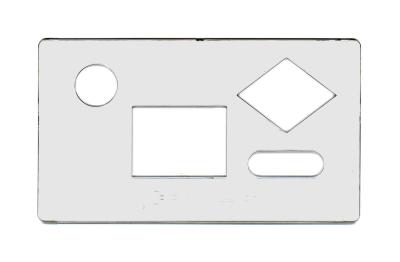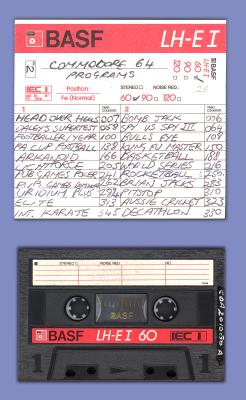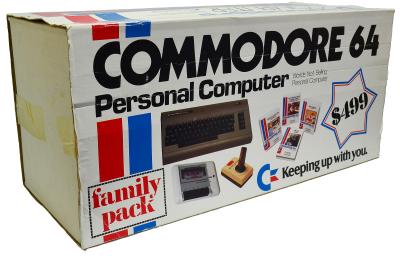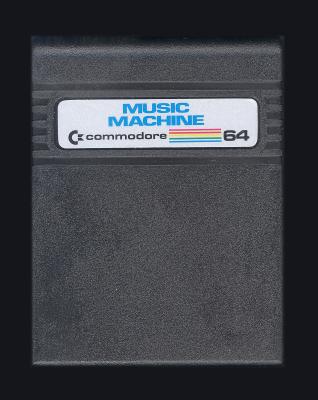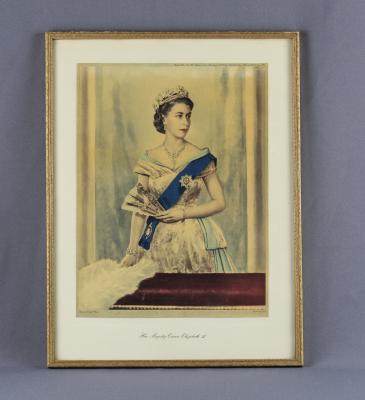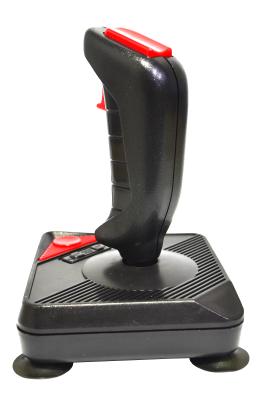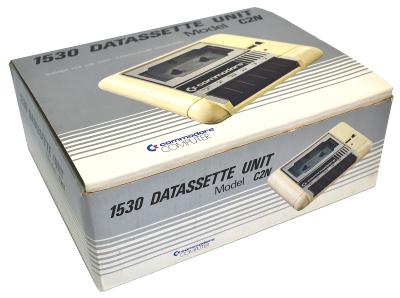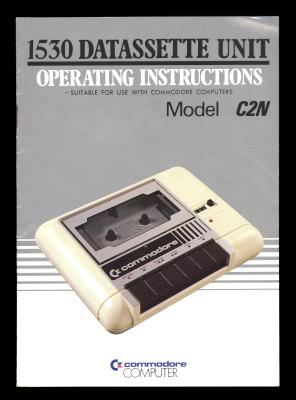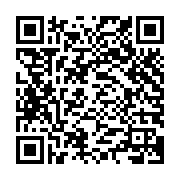COMMODORE Plus/4 COMPUTER AND INTEGRATED KEYBOARD
c. 1984 - 1994Grey, wedge shaped with a white ''QWERTY'' typewriter keyboard, above this are four function keys. Bottom right are four arrows to give vertical and horizontal control.
The top edge of the case has a series of cooling vents.
The rear and either side of the case has ports to connect various ancillary units to the computer in addition to the off/on switch.
The base of the case has a sticker with text [TM 264 / series Model plus/4 / 5V (DC symbol) 1.7A / Power 9V (AC symbol) 1A / Serial No. EA4 194942 / Attempted repair by unauthorised persons / voids warranty. Made in England. / Funkentstort natch DBP 529/1970].
The Commodore Plus/4, was a home computer released in 1984 by Commodore International for the price of US$299. The Plus/4 was marketed as "the productivity computer with software built in," featuring a four-application ROM-resident office suite that included a word processor, spreadsheet, database, and graphing software. The Plus/4 was intended to expand the home computer market by targeting users interested in serious applications rather than gaming. Commodore produced approximately 827,000 units worldwide, with a significant number sold in Germany. The Plus/4 was discontinued in 1985.
Details
Details
Commodore International
This object is part of a collection that represents the types of technology that were used on a daily basis by people who lived in worked in the City of Armadale. The collection represents how technology has influenced how people lived, worked and played within the City of Armadale. The collection also is representative of how technology evolves and can become obsolete which in turn can make pastimes, jobs and skills evolve or become obsolete.
City of Armadale - History House
City of Armadale - History House
Other items by Commodore Business Machines
- CABLE, SIX PIN - COMMODORE Plus/4 COMPUTER
- 1541 DISC DRIVE FOR COMMODORE 64 COMPUTER
- SHEATH FOR BOX FOR COMMODORE 64 COMPUTER
- STENCIL - FLOW CHART STENCIL FOR COMMODORE 64 COMPUTER
- CASSETTE CASE FOR COMMODORE 64 COMPUTER GAME
- CASSETTE FOR COMMODORE 64 COMPUTER
- PRINTER TEST SHEET FOR COMMODORE 64 COMPUTER
- FOLDER WITH ASSORTED GAME SHEETS FOR COMMODORE 64 COMPUTER
- BOX FOR COMMODORE 64 COMPUTER
- 5¼ DISK FOR COMMODORE 64 COMPUTER
- SOFTWARE PACKAGING FOR COMMODORE 64 COMPUTER
- CASSETTE FOR COMMODORE 64 COMPUTER
More items like this
- COMPUTER, DESKTOP - COMMODORE 64
- JOYSTICK - COMMODORE COMPUTER VIC 20 PADDLES
- COMMODORE Plus/4 COMPUTER POWER PACK
- MUSIC MACHINE CARTRIDGE FOR COMMODORE 64 COMPUTER
- MUSIC COMPOSER CARTRIDGE FOR COMMODORE 64 COMPUTER
- MUSIC COMPOSER GAME FOR COMMODORE 64 COMPUTER INSTRUCTION BOOK
- CASSETTE FOR COMMODORE 64 COMPUTER
- CASSETTE FOR COMMODORE 64 COMPUTER
Other items from City of Armadale - History House
- PRINT, FRAMED - QUEEN ELIZABETH II
- PUNCH, DISK - FOR 5 1/2'' FLOPPY DISK
- JOYSTICK DELUXE COMMODORE 64 COMPUTER
- JOYSTICK DELUXE BOX FOR C64 COMPUTER
- COMMODORE 1530 DATASSETTE UNIT
- COMMODORE 1530 DATASSETTE UNIT BOX
- COMMODORE 1530 DATASSETTE INSTRUCTION BOOK
- RECEIPT IN DATASSETTE BOX
- MUSIC MACHINE CARTRIDGE FOR COMMODORE 64 COMPUTER BOX
- MUSIC MACHINE GAME FOR COMMODORE 64 COMPUTER INSTRUCTION BOOK
- MUSIC COMPOSER CARTRIDGE FOR COMMODORE 64 COMPUTER BOX
- FAST LOAD CARTRIDGE FOR COMMODORE 64 COMPUTER


